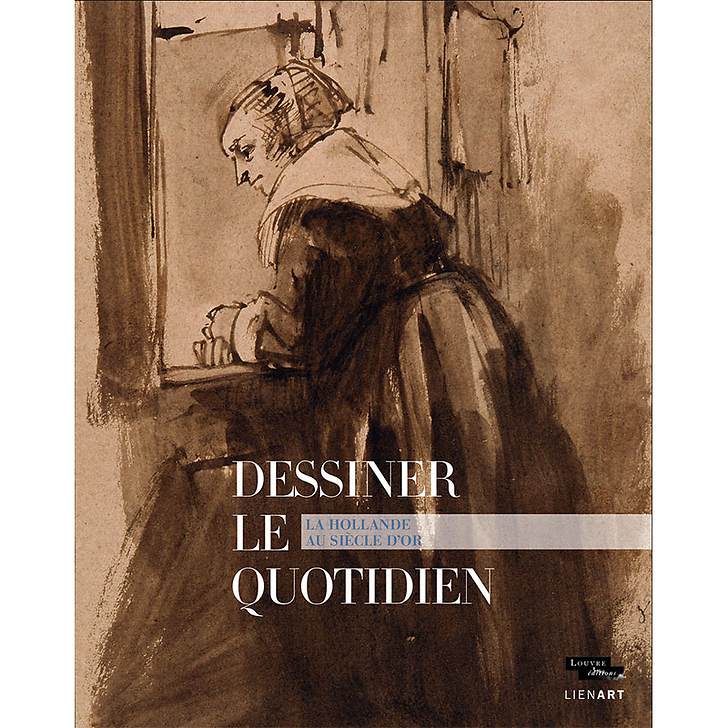WRITTEN IN FRENCH
Drawing everyday life "every day for the rest of their lives".
Like musicians practicing their scales, painters of the Dutch Golden Age practiced drawing figures and motifs from their surroundings to enrich their repertoire. Whether they were genre painters, history painters or landscape...
Read more
WRITTEN IN FRENCH
Drawing everyday life "every day for the rest of their lives".
Like musicians practicing their scales, painters of the Dutch Golden Age practiced drawing figures and motifs from their surroundings to enrich their repertoire. Whether they were genre painters, history painters or landscape artists, they all bore witness to the same specifically Dutch desire to depict the everyday.
Rembrandt, who was a pioneer in this field from the start of his career, Caspar Netscher, Adriaen van Ostade and Jan van Goyen, to name but the most famous masters, depicted cities - Holland was one of the most urbanized regions in Europe in the 17th century - as well as the countryside.
Feast days or markets, skating games, military scenes, domestic chores or the trivial pleasures of the tavern, nearly a hundred sheets from the collections of the Musée du Louvre and the Beaux-Arts de Paris, as well as other museums in and around Paris, paint a portrait of a young, multi-faceted nation, between snapshot, reconstruction and "visual utopia".
Close

